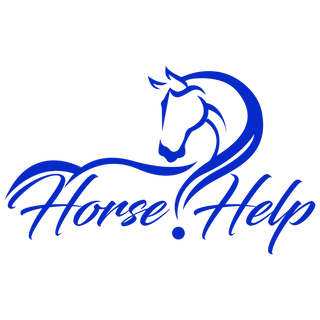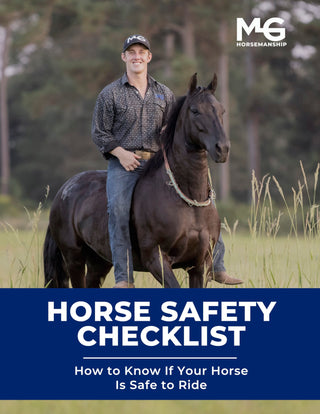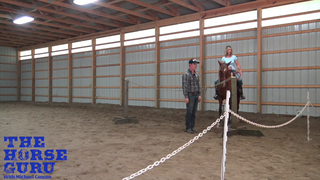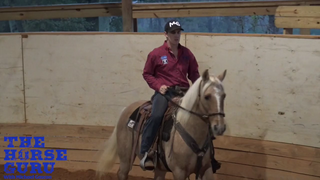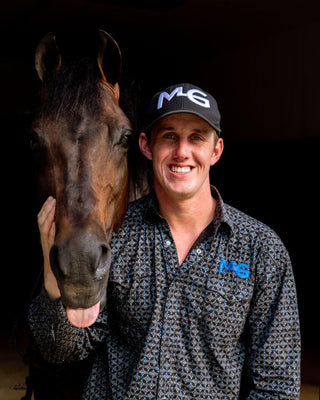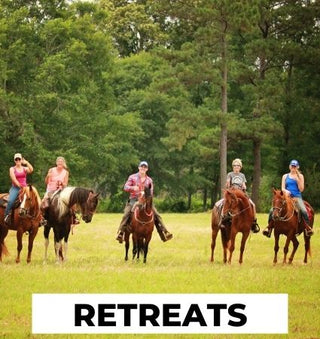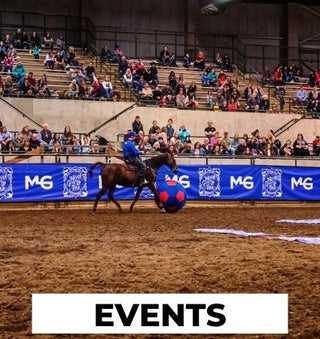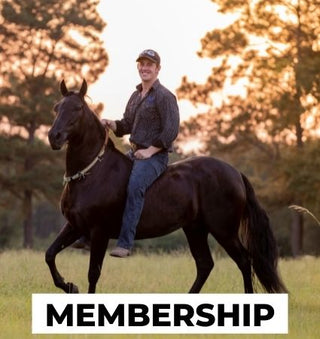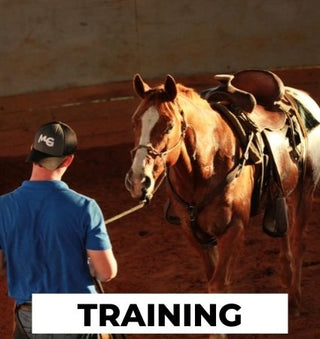Watch the Video Here or continue reading below!
Congratulations! Your horse is ready to graduate from the Respect Series, having mastered groundwork, pressure response, and fundamental control. Now, it’s time to focus on speed transitions, ensuring smooth gait changes without tension or resistance.
In this session, we work with Doodle, an Off-the-Track Thoroughbred (OTTB), who struggles with speed transitions. Through consistent training, we help him find balance, self-carriage, and responsiveness.
Why Speed Transitions Matter
A well-trained horse should be able to:
✅ Maintain a consistent speed without constant rider input
✅ Transition between gaits smoothly
✅ Stay relaxed and balanced without rushing or resisting
By the end of this exercise, your horse should hold its speed on a loose rein, responding only when you ask for a change.
Step 1: Addressing Speed Issues Without Pulling Back
Many riders instinctively pull back on the reins when a horse speeds up. However, this creates stiffness and resistance. Instead, use flexion to soften the horse:
✔️ If the horse speeds up without asking: Flex his head slightly to one side and release.
✔️ If he slows down unintentionally: Lightly squeeze your legs to maintain rhythm.
By consistently reinforcing this pattern, your horse learns that holding the correct speed is the easiest option.
Step 2: Establishing a Steady Trot
Start with a trot on a loose rein:
- Ask for a forward trot with light leg pressure.
- If the horse speeds up, flex and release to break resistance.
- If he slows down, apply a gentle leg squeeze.
- Maintain a relaxed posture and avoid micromanaging with the reins.
Once your horse consistently holds a steady trot, he’s ready for canter transitions.
Step 3: Controlled Canter Transitions
To canter without rushing or resistance:
- Set up for success – Ensure the horse is relaxed and balanced in the trot.
- Cue for canter – Shift your outside leg back and apply gentle pressure.
- Maintain a soft rein – Avoid pulling back, which causes tension.
- Address resistance – If the horse speeds up too much, flex and release.
The goal is to have a relaxed and collected canter rather than a rushed, unbalanced gait.
Step 4: Consistency in Both Directions
Horses often favor one lead over the other. Work evenly in both directions, adjusting:
- Inside rein control to keep the horse’s head in the correct position.
- Leg pressure to maintain balance and alignment.
- Rider position – Sit deep in the saddle, avoiding forward-leaning, which encourages rushing.
With repetition, your horse will hold a smooth, controlled canter on both leads.
Step 5: Refining Transitions for Show-Level Performance
A great show horse has self-carriage and consistency. To refine transitions:
🔹 If the horse breaks into a faster gait – Flex and release.
🔹 If he tries to slow down too much – Use calf pressure to keep him forward.
🔹 For downward transitions – Avoid abrupt rein pressure; instead, relax your body and guide him smoothly into the next gait.
This method works on all breeds, whether it’s an Arabian, Quarter Horse, Thoroughbred, or Paso Fino. The key is making the right behavior easy and rewarding while making resistance uncomfortable.
Final Thoughts: The Key to Perfect Speed Transitions
By reinforcing self-carriage and responsiveness, you’ll have a horse that transitions smoothly without tension. The core principles include:
✔️ Rewarding the correct speed with loose rein riding
✔️ Using flexion instead of pulling back to control unwanted speed
✔️ Encouraging relaxation and balance at all gaits
Congratulations on graduating the Respect Series! With these techniques, you’ll have a confident, controlled horse ready for any discipline.
